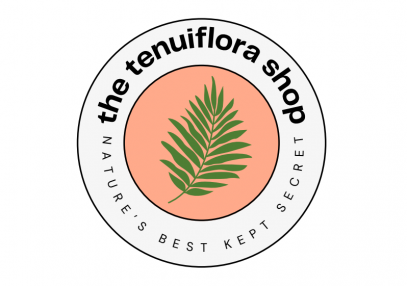What Is Root Bark and Why Is It Important?
When discussing natural plant materials, root bark is one of the most fascinating and valuable botanical components. But what is root bark, and why has it been used for centuries in various cultures?
Root bark is the protective outer layer of a plant’s root system. Unlike the inner root or stem, this part of the plant contains a high concentration of tannins, alkaloids, and flavonoids, making it an essential ingredient in traditional medicine, botanical research, and natural dyeing techniques.
Because of its chemical richness, root bark has been sought after by herbalists, artisans, and researchers for its unique natural properties.
The Role of Root Bark in Plant Health
Plants develop root bark as part of their natural defense system. Its main functions include:
✔ Protection – Shields the root system from bacteria, fungi, and environmental damage.
✔ Nutrient Storage – Holds essential plant compounds, including tannins and flavonoids, which contribute to its potency and longevity.
✔ Support for Growth – Helps anchor the plant while providing stability and resilience in different soil conditions.
These protective qualities make root bark one of the most biologically active and resource-rich parts of a plant.

Need MHRB?
Check out The Tenuiflora Shop! High-quality bark with fast US shipping.
How Different Cultures Have Used Root Bark Historically
Throughout history, root bark has played a significant role in herbal medicine, traditional dyeing, and craftsmanship. Many cultures have used root bark extracts in:
✔ Natural healing remedies – Indigenous tribes often relied on root bark for its soothing and anti-inflammatory properties.
✔ Tannins for fabric and leather dyeing – The high tannin content in many root barks makes them valuable for textile and leather treatment.
✔ Botanical extractions – Herbalists use root bark for creating plant-based tonics and skin-care formulations.
Today, these traditional uses of root bark continue to influence modern industries, from natural wellness brands to eco-friendly artisans.
Why Root Bark Is Used in Botanical Research
In addition to its traditional applications, root bark is frequently studied for its rich phytochemical profile. Researchers examine:
✔ The tannin composition for its preservative and antioxidant properties.
✔ Potential antimicrobial benefits, as some root barks have been shown to help combat bacterial growth.
✔ The role of root bark extracts in skincare, wellness, and sustainable materials.
For those interested in scientific studies on plant-derived compounds, check out this research on botanical tannins.
How Artisans and Manufacturers Use Root Bark Today
In modern industries, root bark is widely used for:
✔ Sustainable dyeing – Root bark’s natural pigments provide a plant-based alternative to synthetic fabric dyes.
✔ Leather treatment – Its high tannin levels help in curing and preserving leather products.
✔ Holistic skincare – Many natural skincare brands incorporate root bark extracts into balms, toners, and serums due to their soothing effects on the skin.
Because of its chemical complexity and natural versatility, root bark remains a valuable ingredient in multiple industries.
How to Identify High-Quality Root Bark
When purchasing root bark powder or raw root bark, it’s important to look for:
✔ A fresh, vibrant color – High-quality root bark maintains its natural reddish-brown or earthy tone.
✔ Fine texture with minimal debris – The best root bark powders are smooth and free of impurities.
✔ Ethical sourcing – Root bark should come from sustainable farms that prioritize eco-friendly harvesting methods.
For premium, ethically sourced root bark products, visit TenuifloraShop.com.
Sustainability and the Future of Root Bark Harvesting
As demand for natural plant-based materials grows, responsible harvesting is more important than ever. Root bark extraction should be done with minimal environmental impact, ensuring that:
✔ Plants are harvested ethically without harming native ecosystems.
✔ Suppliers use sustainable farming techniques to allow regrowth.
✔ Consumers choose brands that prioritize ethical sourcing.
By supporting sustainably harvested root bark, we help protect the long-term viability of this valuable botanical resource.
Final Thoughts
So, what is root bark? It’s more than just the outer layer of a plant’s root system—it’s a powerhouse of natural compounds that has been used for centuries in wellness, dyeing, and scientific research.
By choosing ethically sourced, high-quality root bark, consumers and businesses can ensure they are using a sustainable, plant-based material with endless applications.
